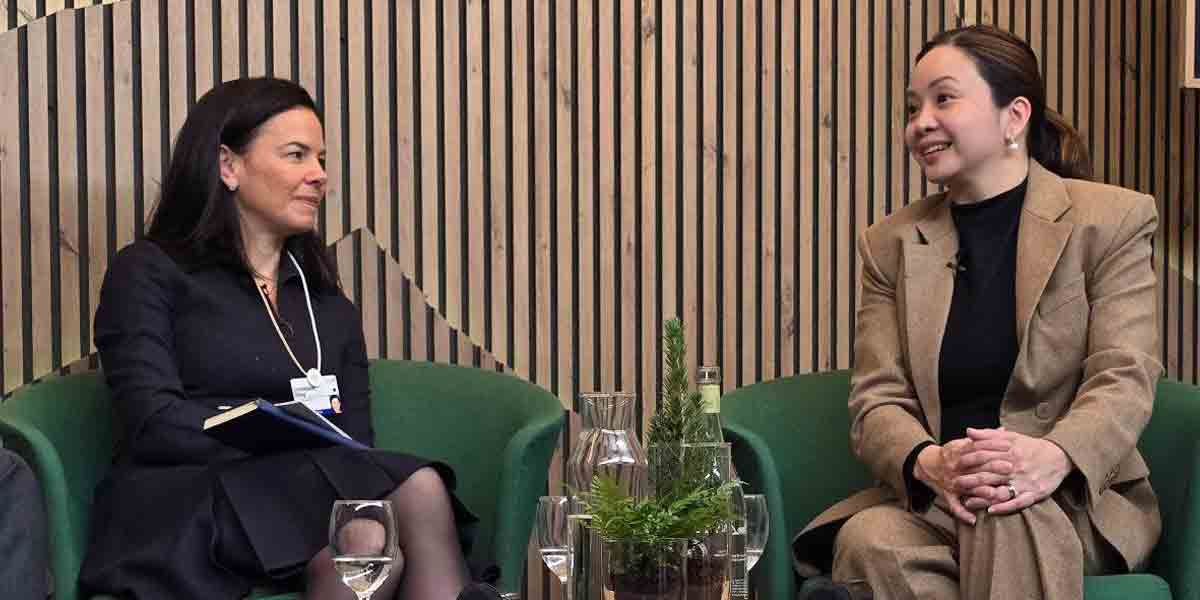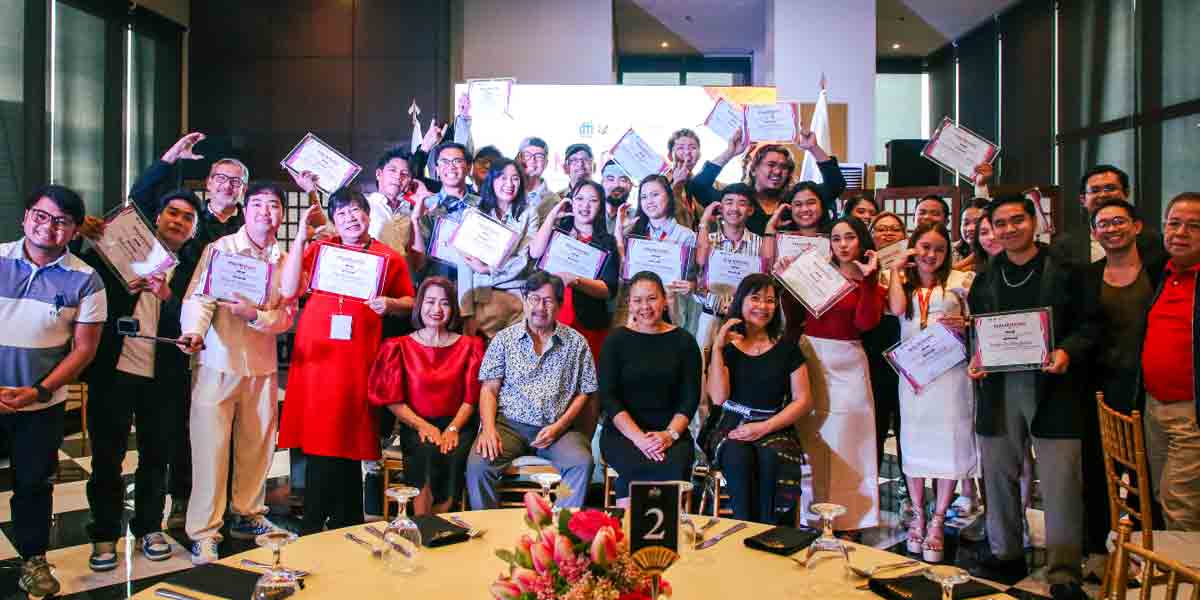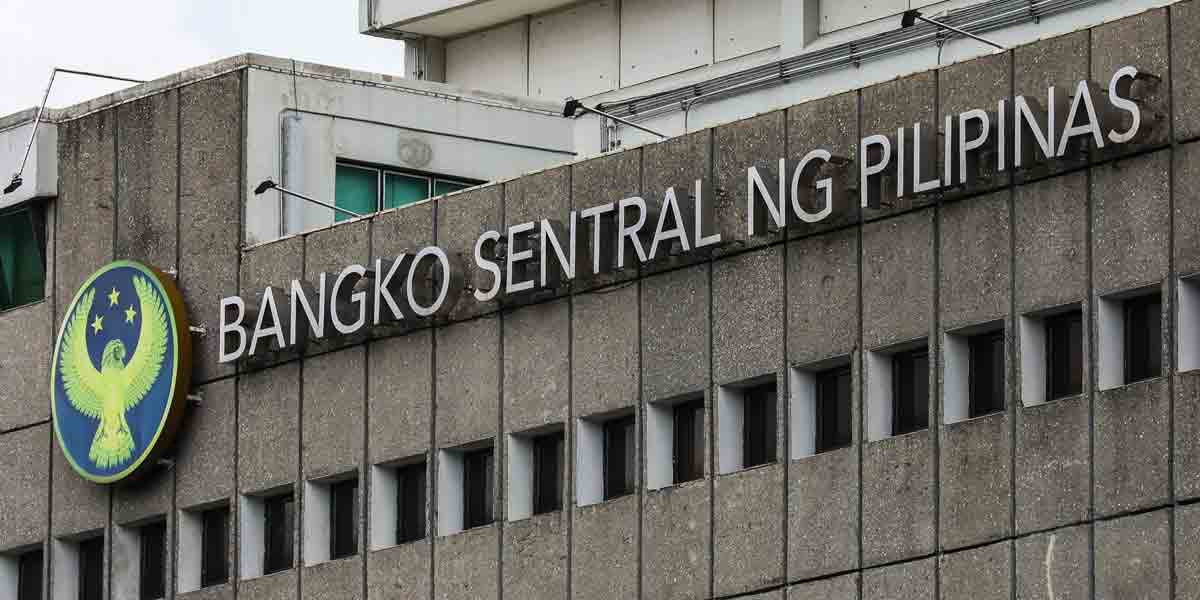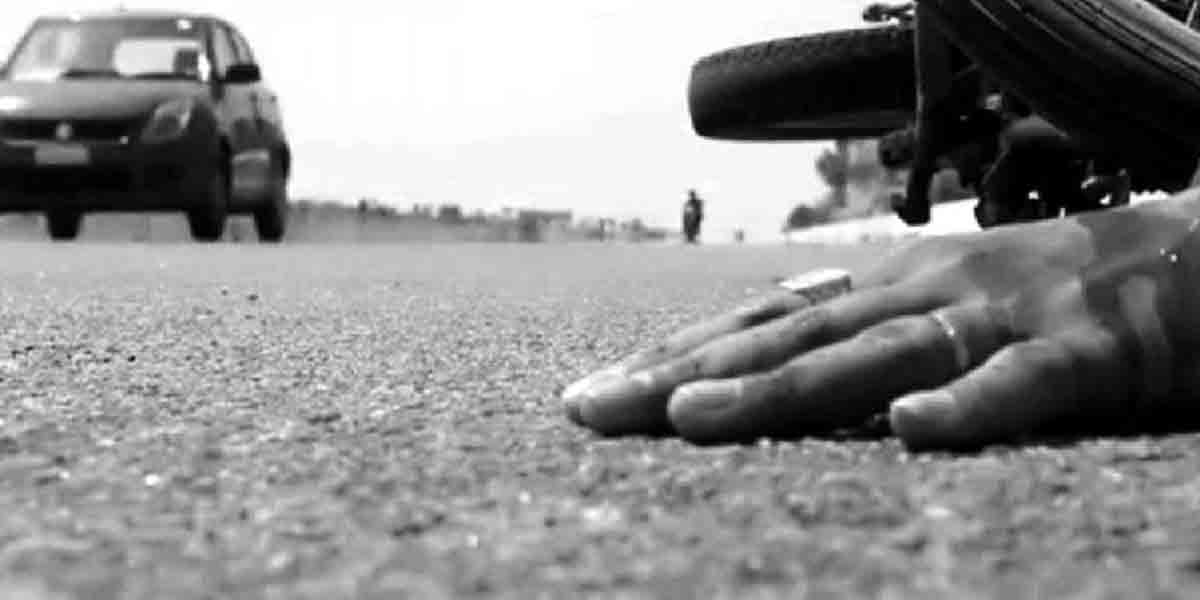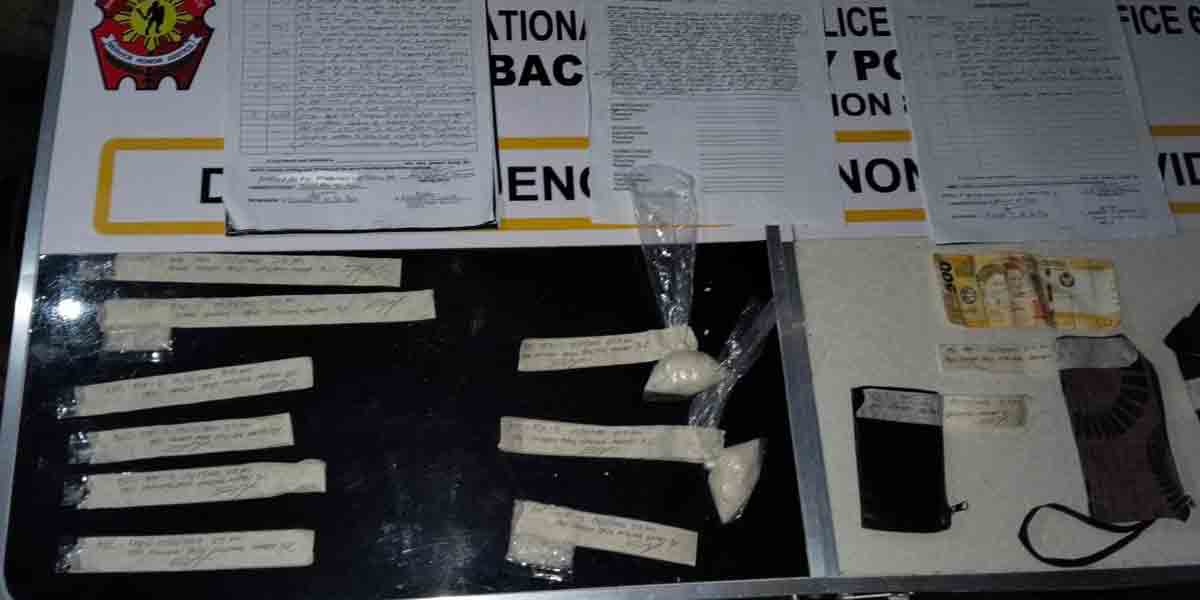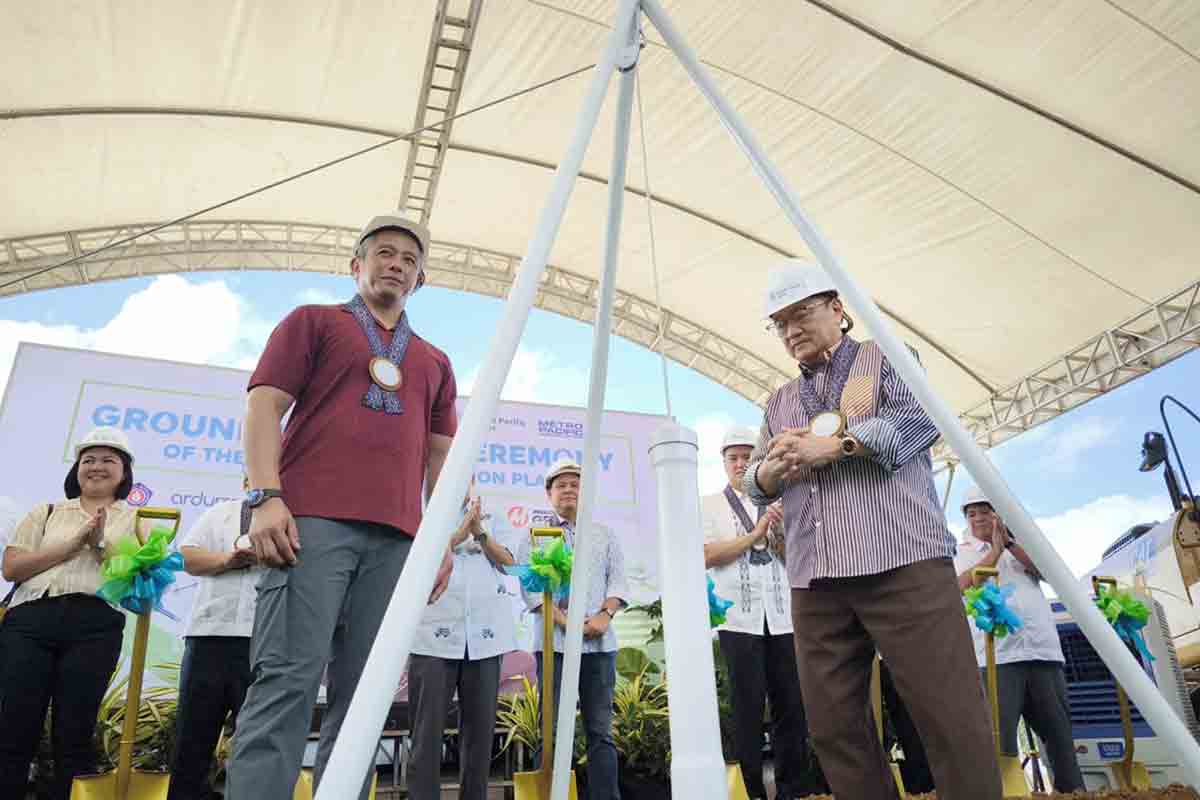By Herman M. Lagon
IN MY last column, we explored the action-packed worlds of “John Wick” and “The Matrix Franchises,” both brilliantly led by Keanu Reeves. These movies offered us a mix of thrilling action, deep thoughts, and striking visuals. Today, we shift our attention to two outstanding films starring the uber-talented Tom Hanks. Moving from my Top 4 to Top 3 movies, we transition from Reeves’ futuristic adventures to Hanks’ powerful emotional tales. We will be diving into “The Green Mile” (1999) and “Castaway” (2000) today.
“The Green Mile,” directed with precision by Frank Darabont, is an adaptation of Stephen King’s emotive novel. This film confronts us with the heart-wrenching world of Paul Edgecomb, a corrections officer, and John Coffey, a mysterious man on death row. Its narrative, heavy with themes such as justice, morality, and the supernatural, resonates profoundly with the viewer. When Paul Edgecomb mentions, “Time takes it all, whether you want it to or not,” he reflects on the inexorable passage of time and the inevitable nature of loss. The film’s critique of the justice system is encapsulated in Edgecomb’s words, “We each owe a death – there are no exceptions – but, oh God, sometimes the Green Mile seems so long.” This poignant statement spotlights mortality and the burdens humans bear. The Green Mile refers to the lime-green linoleum floor in the prison’s Death Row section. This green corridor is the short path that inmates walk on their way to the execution chamber.
Furthermore, the film beautifully integrates the concept of encountering the sacred in every experience. Through the character of John Coffey, with his inexplicable abilities, the narrative suggests that the divine can manifest in the most unexpected places, urging viewers to look beyond the surface and find deeper meanings.
Shifting our focus, “Cast Away,” a cinematic gem directed by Robert Zemeckis, pulls us into the solitary world of Chuck Noland, a man lost and battling nature’s fury on a deserted island. The movie is not just about survival; it is a profound examination of time, isolation, and the innate human desire for connection. Chuck’s declaration, “I’ve got to keep breathing. Because tomorrow the sun will rise. Who knows what the tide could bring?” epitomizes hope and the unpredictability of life. His emotional outcry, “Wilson!” paints a haunting picture of the depths of human loneliness and our profound need for companionship.
A common thread running through both these films is the unparalleled performance of Tom Hanks. His portrayal of characters, whether the compassionate Paul Edgecomb or the resilient Chuck Noland, exhibits a range of emotions that speak directly to the viewer’s soul. Both films, albeit different in settings and plots, present narratives steeped in the human experience. Their evocative musical scores further accentuate their gripping stories, making them timeless masterpieces.
In terms of production, both movies stand as exemplary achievements of their times. The attention to detail, be it in the rustic prison cells of “The Green Mile” or the pristine beaches in “Cast Away,” demonstrates a commitment to authenticity. The cinematography, too, plays a pivotal role, capturing the essence of each scene and making moments memorable.
Both the two-decade-old “The Green Mile” and “Cast Away” serve as mirrors reflecting the spectrum of human emotions, from despair to hope. They challenge us, comfort us, and, above all, remind us of our shared humanity. In a world that often feels fragmented, these movies beckon us to recognize and cherish the threads that bind us all. As we immerse ourselves in these tales, we are reminded of the fragility of life, the strength of the human spirit, and the timeless nature of hope. For those who have watched these classic films already, their message will undoubtedly remain etched in our collective memory, urging us to reflect, appreciate, and move forward with renewed vigor.
***
Doc H fondly describes himself as a ‘student of and for life’ who, like many others, aspires to a life-giving and why-driven world that is grounded in social justice and the pursuit of happiness. His views herewith do not necessarily reflect those of the institutions he is employed or connected with.






